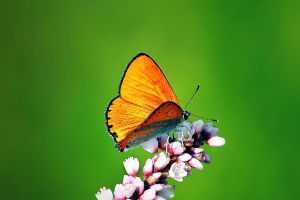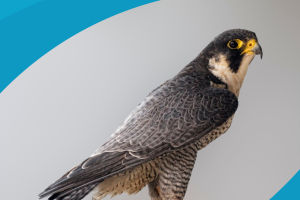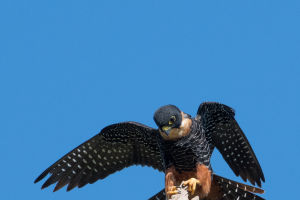The heron is not "one" bird in the scientific sense, but a collection of four species of herons in the genus Heron, which are all white.
In the genus Heron, there are 12 species of herons, including the Great Egret, the Middle Egret, the Little Egret, and the Snowy Egret.
"The Great Egret, Mid Egret, Little Egret, and Snowy Egret are called "egrets" because they are as white as snow.
As migratory birds, Great Egrets migrate to their breeding grounds in the north from late March to mid-April.
In their breeding grounds, they spend the four months from April to July creating nests in reeds and tall trees.
Their nests are often very dense, and it is not uncommon to find more than a dozen nests in a single tree.
Although the nests are simple, the Great Egrets will lace the inside of the nest with soft grass and leaves for the comfort of their young.
The family will stay until early October, and then fly south to overwinter with the family flock.
The Great Egret has a very well-proportioned, spindle-shaped body with white, sparse feathers and silky straw feathers.
It has decorative feathers on its chest, crown feathers on its head, and quilted feathers on its legs.
In summer, the demoiselle feathers extend backwards beyond the tail end, but in winter, both demoiselle and crown feathers disappear.
Compared to the Great Egret, the Mid Egret has a slightly shorter beak and neck, but its beak is still long and straight, and its wings are spread out.
The shape of its toes is also beautiful, with three toes in front and one toe at the back, and a comb-like pectineal margin on the middle toe.
The toes of the male and female are the same color.
There are many similarities between Great Egrets and Little Egrets, but a closer look reveals the following differences.
1. Little egrets are more slender and are medium-sized wading birds, with a body length of about 50~60 cm.
The Great Egret, on the other hand, is a large wading bird and is the largest bird in the genus Egret, with a body length of about 80-90 cm.
2. The little egret has black tibiae and feet but horned yellow-green toes, while the great egret's feet are all black.
3. The beak of the Little Egret is all black, while the color of the Great Egret's beak changes seasonally, being all black during the breeding season and changing to all yellow during the non-breeding season.
4. The Great Egret's beak located behind the eyes is split past the eyes, and this is the most reliable feature to identify them.
Snowy Egrets have white feathers all over their body and silky strawberry feathers on the back of their neck.
There is a pair of long pavilion yellow legs and a black beak.
During the breeding season, the area between the nostrils and the eyes turns from yellow to red.
Juveniles resemble adults, with a slightly pale bill base and legs with a green back.
The beak is long and straight, the wings are large and long, the feet and toes are elongated, the tibiae are partially exposed.
The feet have three toes in front and one behind, and the claws on the middle toe have comb-like pectinal margins.
Both sexes are monochromatic.
Inhabits a diversity of flooded wetlands, streams, lakes, marshes and man-made habitats, as well as coastal marshes, shallow bays and mangroves.
Diet includes fish, crustaceans, insects, frogs, lizards, snakes, rodents, snails, and worms.
Nests in its territory, often intermingling with other waterfowl and building shallow nests with branches in trees, thickets or on the ground.
Usually laying 3-4 blue-green eggs, the male and female incubate the eggs together.
20 to 25 days for the chicks to leave the nest.
The chicks are late adults. Distribution is very wide.


